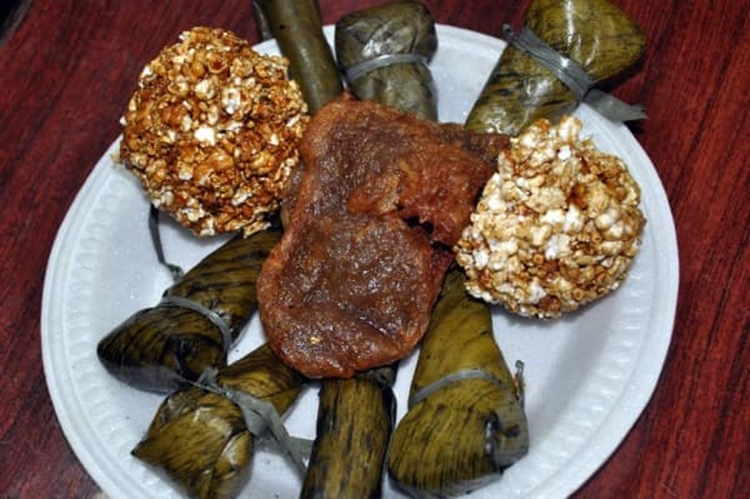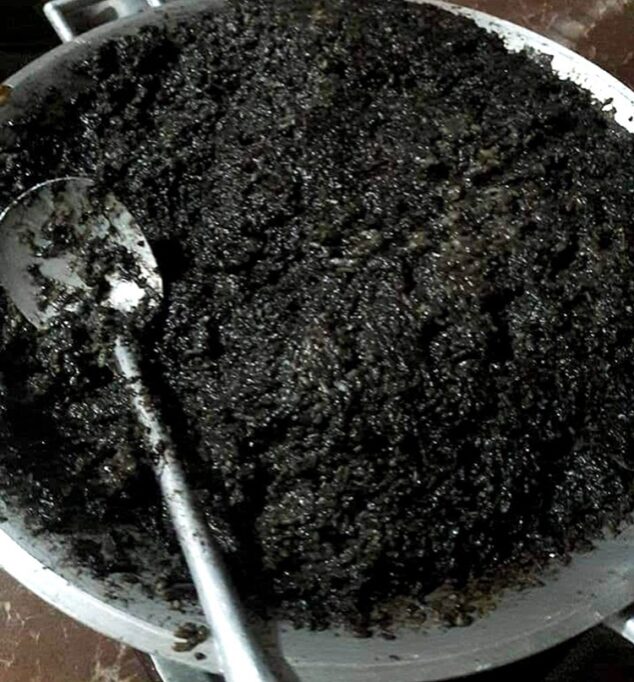How Filipinos Celebrate Undas Through Food
Every November 1, Filipinos observe Undas, also known as All Saints’ Day, followed by All Souls’ Day on November 2.
These days are not only meant to remember loved ones who have passed away but also to celebrate family, faith, and tradition through food. Aside from lighting candles and offering flowers, many Filipino families also prepare food to honor the dead — a gesture known as atang in Ilocano, alay in Tagalog, or halad in Cebuano.
According to Jeff Clyde Corpuz, a theology teacher at De La Salle University, this practice is an important part of Filipino culture and is similar to traditions in other countries, such as Mexico’s Día de los Muertos and ancestral offerings in China, Japan, Vietnam, Indonesia, and Thailand.

In the Ilocos and Cordillera regions, people prepare sticky rice treats made from glutinous rice or ground rice, such as suman, dudul, linapet, baduya, patopat, balisongsong, and busi (sweetened popped rice). Others also make offerings with black sesame seeds, coconut milk, or rice shaped into a cross topped with a fresh egg. Cultural expert Dr. Nestor Castro explained that these sticky foods symbolize unity and closeness among family members, showing how Undas brings people together — both the living and the departed.
Undas is also a time for family gatherings, when families share food not only for the dead but also for everyone present. Popular dishes include biko, sapin-sapin, kalamay, palitaw, pansit, lumpiang shanghai, dinuguan with puto, and menudo. Some families even place the favorite dishes of their loved ones on graves or altars as part of their offerings.

In Pangasinan, people cook a black rice cake called inlubi, made from roasted glutinous rice harvested in October. In Sagada, they light pinewood torches during cemetery visits — a ritual called panag-apoy. Locals use pinewood because it can withstand the strong winds in the area.
